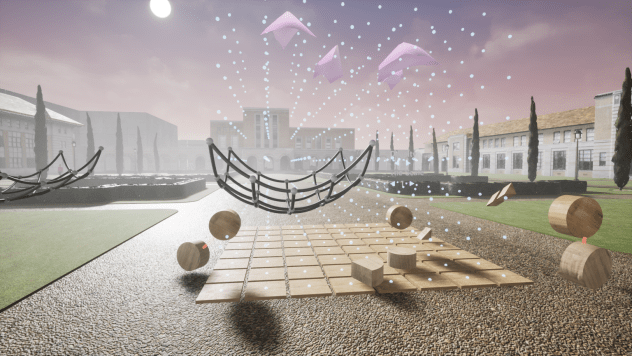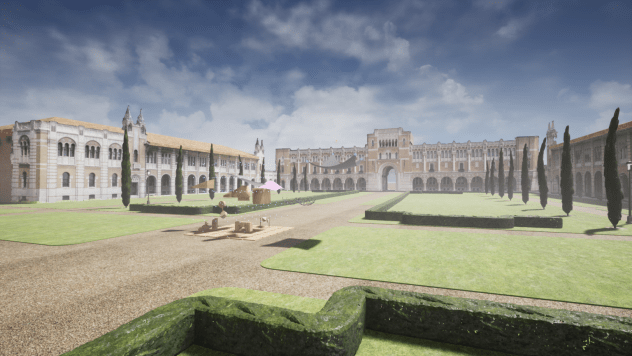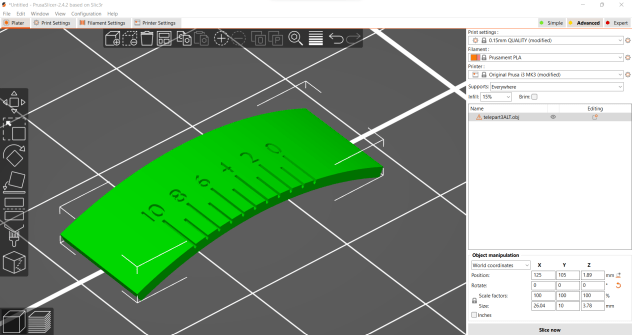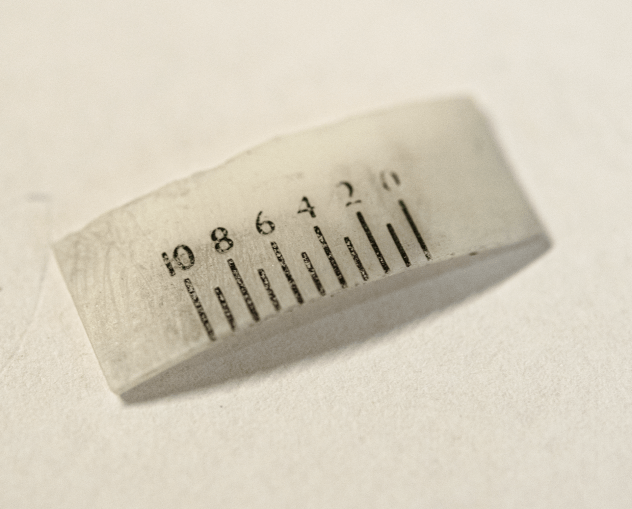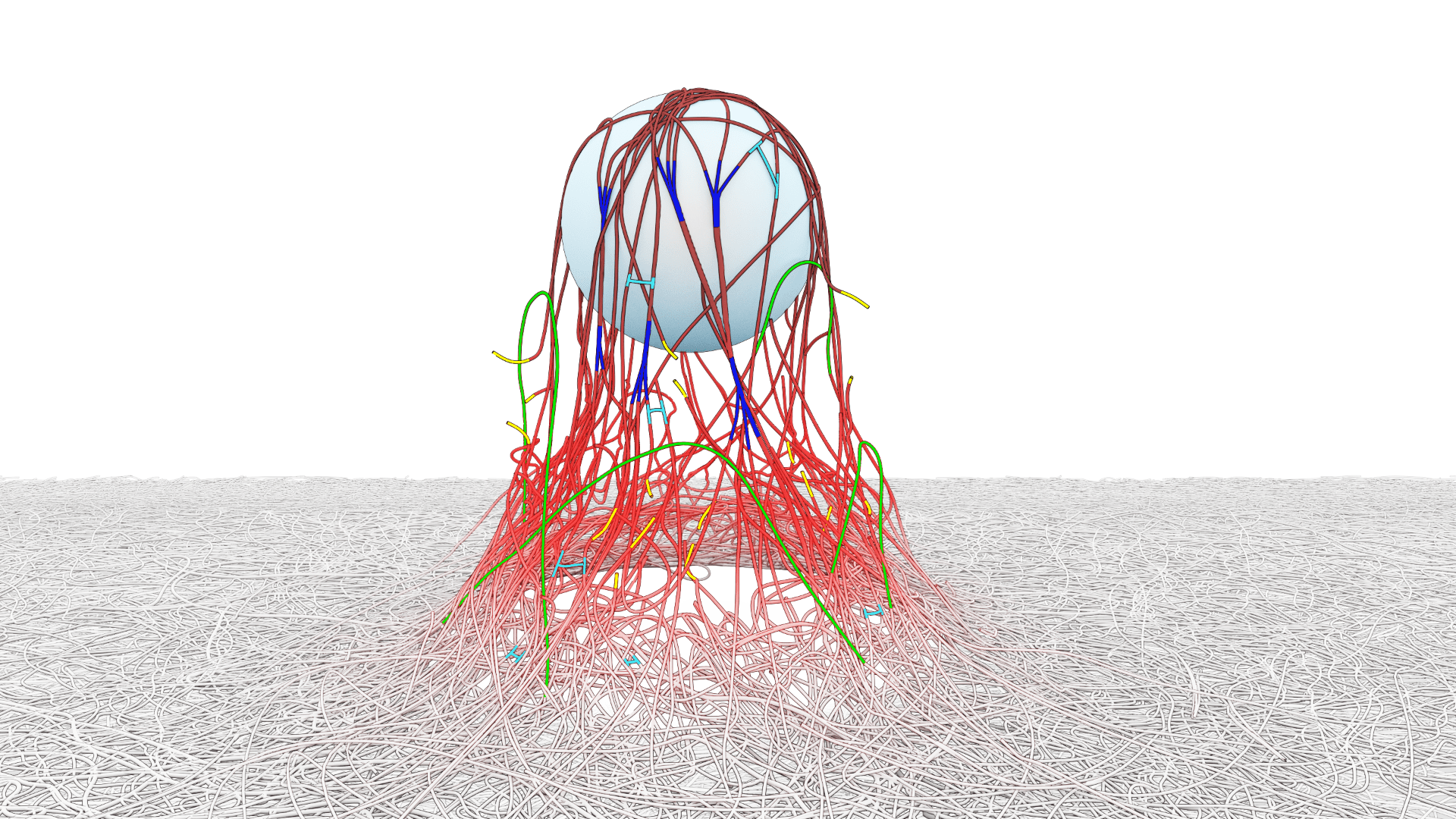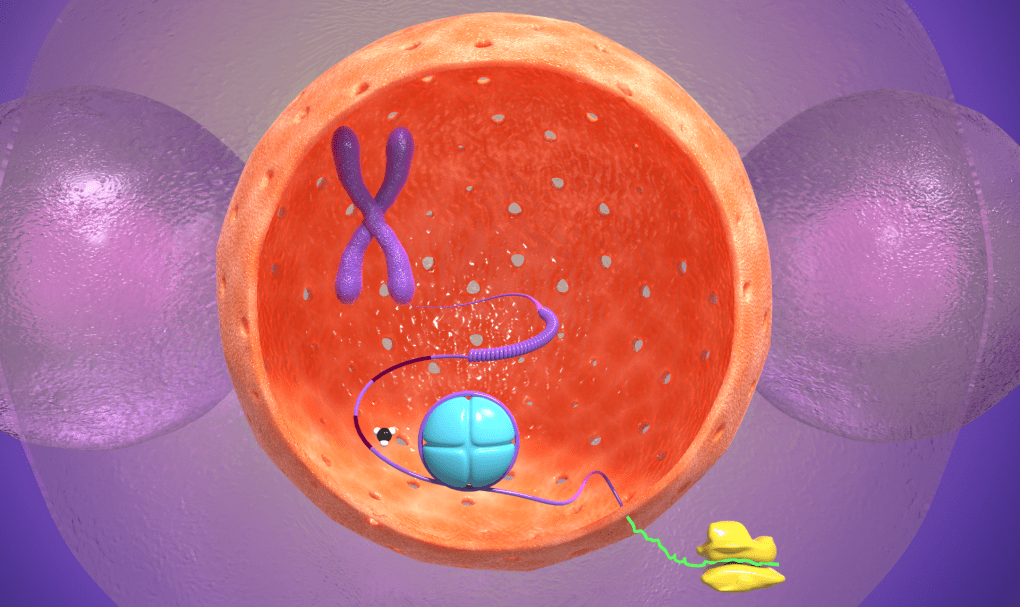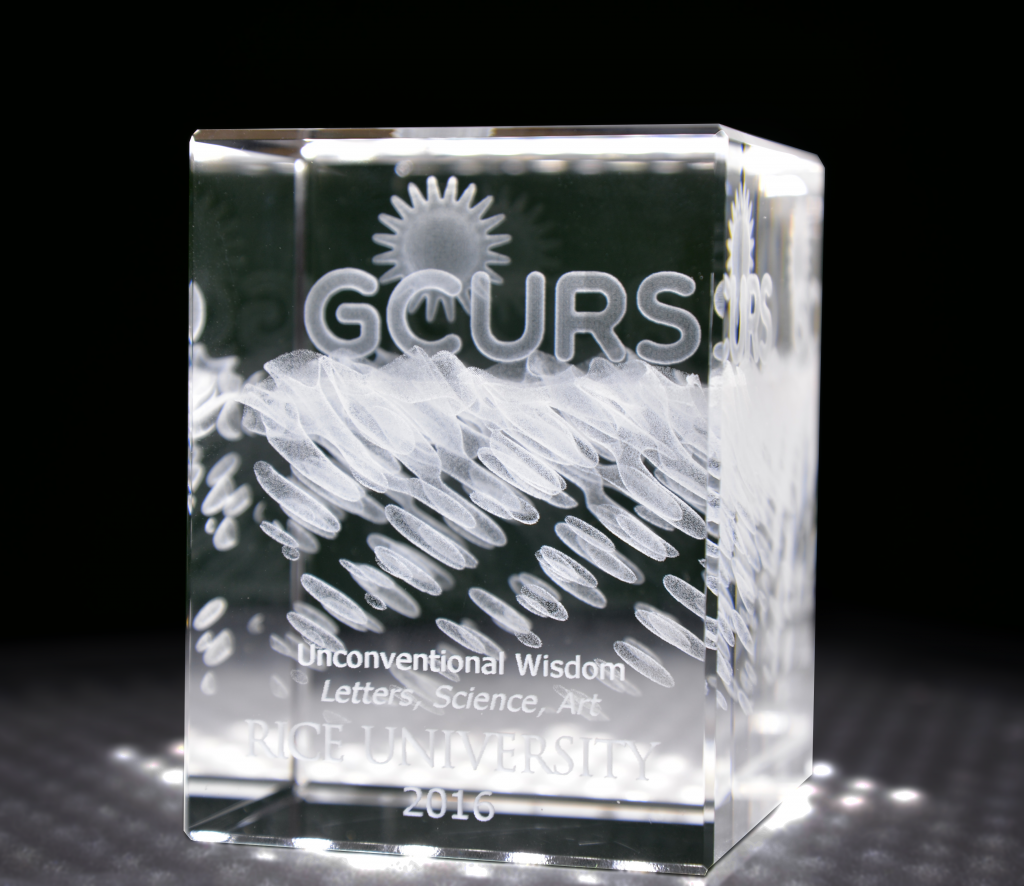Sohini Bhattacharyya, Rice Academy Postdoctoral Fellow and Ph.D. in Materials Sciences, approached Mario Norton, DMC supervisor, for making a covert art for reclaiming precious minerals from batteries, which brought in a wonderful collaborative opportunity for both parties. The main idea of the image is that critical metals for energy, e.g., Li, Co, and Ni, can be recycled from Li-ion batteries using a green Deep Eutectic Solvent following a hydrogen bond mediated chloride coordination mechanism.1 Mario modeled it in Blender, rendered an image, and made the final touches in Photoshop. The image is published as an alternate cover art of the May 8, 2023, Volume 11, Issue 18, American Chemical Society publication “ACS Sustainable Chemistry & Engineering”.
Reference
Alhashim, S. H., Bhattacharyya, S., Tromer, R., Kabbani, A., Babu, G., Oliveira, E. F., Galvao, D. S., & Ajayan, P. M. (2023). Mechanistic study of lithium-ion battery cathode recycling using deep eutectic solvents. ACS Sustainable Chemistry & Engineering, 11(18), 6914–6922. https://doi.org/10.1021/acssuschemeng.2c06571
